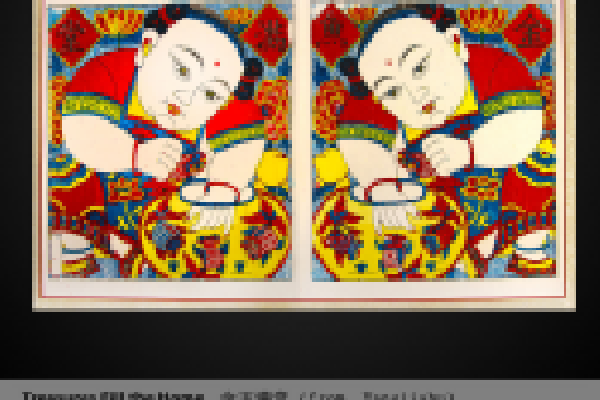
Part of the Institute for Chinese Studies "Understanding China -- Its Roots and New Frontiers Lecture Series"
"Chinese New Year’s Paintings: Context and Meaning”
Please note this lecture will likely be conduted primarily in Chinese as part of the Chinese-language lecture.
We have some exciting news, particularly for those studying Chinese literature and folklore! Dr. Mark Bender has helped GREALL to arrange a talk by Dr. Ji Jun on her research pertaining to Chinese New Year's paintings. You may already be familiar with Dr. Jun from the Chinese New Year painting exhibit downstairs on the first floor of Hagerty Hall. Dr. Jun is from Anyang Normal University, Henan Province, People’s Republic of China, and a visiting scholar invited by the OSU Center for Folklore Studies and the Department of East Asian Languages and Literatures.
New Year Paintings (nianhua) are the most popular folk art used during Chinese New Year (Lunar New Year), or Chinese Spring Festival (Chunjie), which takes place on the first day of the first month of the Lunar Calendar, and lasts until mid-month, culminating in the Lantern Festival (Yuanxiao jie). During the Lunar New Year, every household will buy a few paintings. From the front door to private rooms, all are covered with these symbols of wealth and good fortune so as to create a warm, festive, and joyous atmosphere.
Ancient China was an agricultural country. From the time of the harvests and into the New Year, people wished to express their thanks to ancestors and gods in order to receive their blessings. Everyone hopes to lead a happy life of peace and prosperity. In the past, disasters and shortages were attributed to demons and ghosts. New Year Painting was one sort of protection against these negative forces. The earliest such paintings are of “door gods” (men shen) named Shen Tu and Yu Lei (figures in from early Chinese myths) whose pictures were placed on front doors to protect the home. Thereafter, numerous other motifs were developed over time.
As a form of visual folk art, the paintings have developed under the influences of many generations and locales. Besides their ritual purpose, the paintings also function as artistic decorations during the Spring Festival. The themes reflected in the paintings are extremely broad, covering human activity, landscapes, flowers and birds, ancient historical stories, myths and legends, fiction, drama, children, and the all-encompassing realities of life. Once placed on the doors and walls of the home, the paintings remain in place until the arrival of the next New Year.
Sponsor: GREALL (Graduate Students of East Asian Languages and Literatures)
___
Note: The image and description of Chinese New Year Paintings are from information on the exhibit at the DEALL website.
